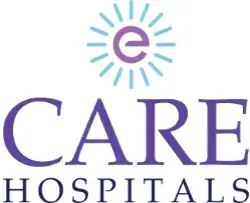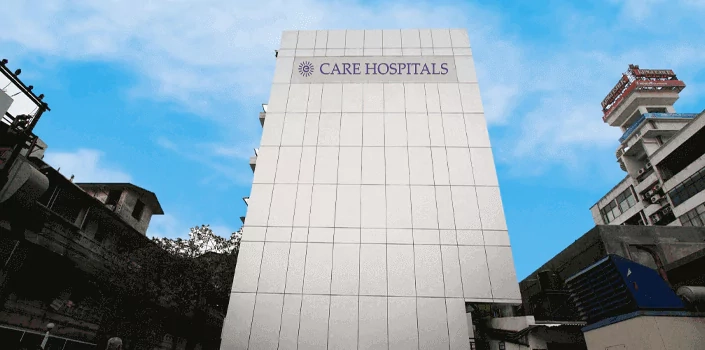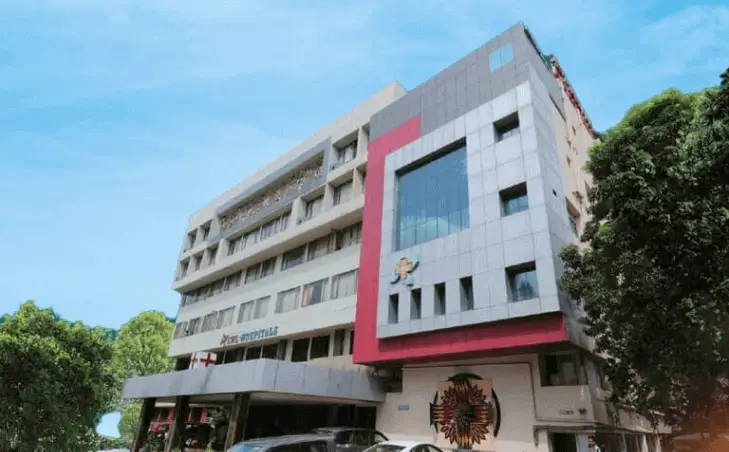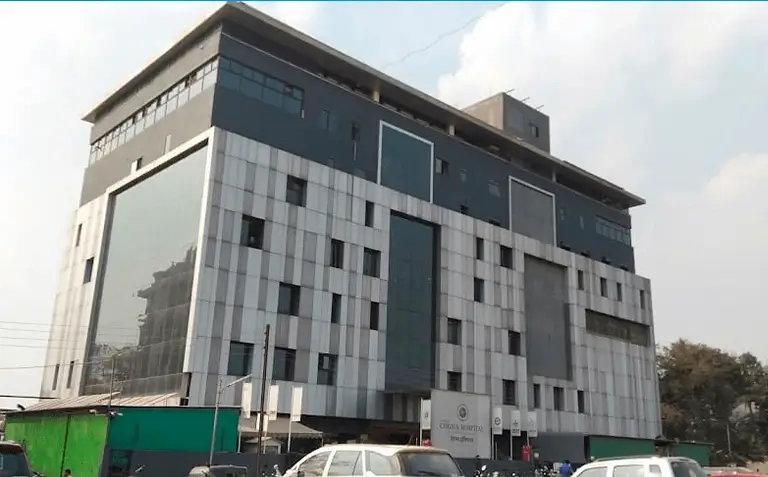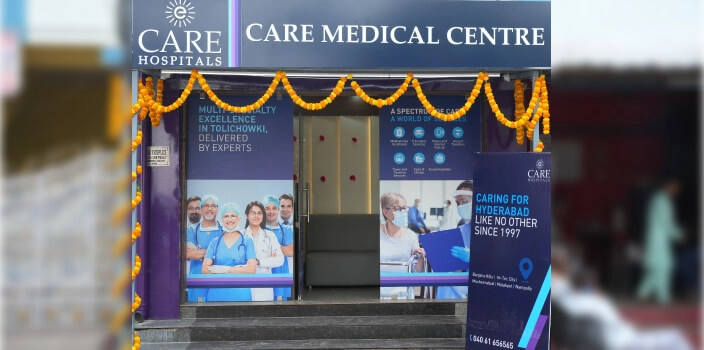-
Doctors
-
Specialities & Treatments
Centre of Excellence
Specialties
Treatments and Procedures
Hospitals & Directions HyderabadCARE Hospitals, Banjara Hills CARE Outpatient Centre, Banjara Hills CARE Hospitals, HITEC City CARE Hospitals, Nampally Gurunanak CARE Hospitals, Musheerabad CARE Hospitals Outpatient Centre, HITEC City CARE Hospitals, Malakpet
HyderabadCARE Hospitals, Banjara Hills CARE Outpatient Centre, Banjara Hills CARE Hospitals, HITEC City CARE Hospitals, Nampally Gurunanak CARE Hospitals, Musheerabad CARE Hospitals Outpatient Centre, HITEC City CARE Hospitals, Malakpet Raipur
Raipur
 Bhubaneswar
Bhubaneswar Visakhapatnam
Visakhapatnam
 Nagpur
Nagpur
 Indore
Indore
 Chh. Sambhajinagar
Chh. SambhajinagarClinics & Medical Centers
Book an AppointmentContact Us
Online Lab Reports
Book an Appointment
Consult Super-Specialist Doctors at CARE Hospitals

Best Hospital for Lower Segment Caesarean Section Surgery in Hyderabad
- Advanced Technology
- Shorter Hospital Stay
- Pre & Post-Operative Care
- All Insurance Accepted

Chat With Our Experts
Get second opinion on Whatsapp
25 lakhs+
Happy Patients
Experienced and
skilled surgeons
17
Health Care Facilities
Top most Referral Centre
for Complex Surgeries
Advanced Lower Segment Caesarean Section (LSCS) Surgery
LSCS (Lower Segment Caesarean Section) Surgery plays a major role in modern childbirth. This procedure ranks as the most common surgery, and doctors perform over millions of caesarean deliveries each year. Expectant parents need to know about caesarean section indicators, and the procedure steps. This article explains about lower segment caesarean procedure.
Why CARE Group Hospitals is Your Top Choice for Lower Segment Caesarean Section (LSCS) Surgery in Hyderabad
CARE Group Hospitals is the go-to destination for Lower Segment Caesarean Section (LSCS) Surgery in Hyderabad. The hospital's steadfast dedication to excellence in maternal and neonatal care makes it the preferred choice for mothers who need surgical delivery.
Our hospital has highly skilled obstetric teams with extensive experience in complex deliveries. These specialists focus on their patients' physical and emotional well-being and have an excellent track record of successful C-sections. On top of that, obstetricians, anaesthesiologists, and paediatricians work together to ensure the best outcomes.
Best Lower Segment Caesarean Section Surgery Doctors in India


Advanced Surgical Breakthroughs at CARE Hospitals
CARE Hospitals uses advanced surgical technologies to improve LSCS procedures:
- Minimally invasive surgical techniques that speed up recovery
- Advanced anaesthesia techniques for better pain management
- State-of-the-art foetal monitoring systems that boost safety
- Advanced wound closure techniques for superior healing and cosmetic results
- Modern neonatal care units that provide immediate post-delivery support
Conditions Requiring Lower Segment Caesarean Section (LSCS) Surgery
Medical conditions that require an LSCS procedure:
- Foetal distress or non-reassuring foetal status
- Prolonged labour or failure to progress
- Breech presentation or other malpresentations
- Multiple pregnancies (twins, triplets)
- Placenta previa or placental abruption
- Previous C-section
- Maternal medical conditions (high blood pressure, diabetes)
- Cephalopelvic disproportion
Types of Lower Segment Caesarean Section (LSCS) Procedures
CARE Hospitals provides different approaches to LSCS based on each patient's needs:
- Primary C-section: First-time caesarean delivery
- Repeat C-section: For women with previous C-sections
- Emergency C-section: Performed when complications arise during labour
- Planned C-section: Scheduled in advance due to known complications
- Classical C-section: Vertical incision used in specific situations
About the Procedure
Getting ready for a Lower Segment Caesarean Section (LSCS) Surgery requires several steps before and after the procedure. Patients feel more confident when they know what happens at each stage.
Pre-surgery Preparation
Doctors ask patients to fast for 8 hours before surgery, though they may drink clear liquids until 2 hours before the procedure. The medical team takes these preparatory steps:
- Blood tests check haemoglobin levels and blood type
- Medical staff place an IV line for fluids and medications
- A urinary catheter keeps the bladder empty
- The team cleans the abdomen with an antiseptic solution
- The doctor discusses pain management options
Lower Segment Caesarean Section (LSCS) Surgical Procedure
Doctors mostly use spinal or epidural anaesthesia so mothers stay awake during the procedure. The surgery follows these steps:
- The surgeon makes a horizontal incision (Pfannenstiel or "bikini" cut) in the lower abdomen
- A transverse cut goes into the lower segment of the uterus
- The baby comes out gently within 10 minutes of starting
- The medical team removes the placenta
- Multiple layers of sutures close the uterus
- Stitches or staples seal the skin
Post-surgery Recovery
Patients stay in the hospital for 2-4 days after surgery. Recovery includes:
- Medications manage pain effectively
- Normal activities resume gradually over 6-8 weeks
- Medical staff checks wounds regularly for infection signs
- Breastfeeding support starts soon after delivery
Risks and Complications of LSCS
LSCS is generally safe, but patients should know about these risks:
- The incision might get infected
- Some patients experience excessive bleeding
- Blood clots could form in the legs or lungs
- Nearby organs might get injured
- Future pregnancies might face complications
- Some patients react to anaesthesia
These risks and complications are less and can be managed by expert care.
Benefits Of Lower Segment Caesarean Section (LSCS) Surgery
LSCS offers great advantages in specific situations:
- Babies deliver safely when vaginal birth poses risks
- Emergency situations cause less foetal distress
- Lower segment incisions reduce infection risk compared to classical cuts
- The lower segment location helps better healing
- Doctors can deliver babies quickly when needed
Insurance Assistance for Lower Segment Caesarean Section (LSCS) Surgery
Most maternity insurance plans cover LSCS costs, but coverage varies. Understanding insurance coverage ahead of time can ease financial worries during this important life event.
Second Opinion for Lower Segment Caesarean Section (LSCS) Surgery
WHO guidelines recommend structured, mandatory second opinions to reduce unnecessary caesarean sections. Second opinions help patients:
- Get confirmation about diagnosis and necessity
- Learn about alternative options if available
- Understand medical indications clearly
- Feel confident about their decision
Conclusion
Lower segment caesarean section has, without a doubt, become vital in modern obstetrics. The surgery now accounts for nearly one-third of all births in developed nations. This shows a radical alteration in childbirth practices over recent decades. LSCS is common but remains a major surgical procedure that carries higher risks than vaginal delivery. Patients need to understand its indications and get the full picture.
CARE Group Hospitals proves to be an excellent choice for expectant mothers in Hyderabad who need this procedure. Their team blends surgical expertise with compassionate care. This ensures both mother and baby get the best possible treatment. The hospital provides various LSCS approaches based on individual patient needs, from scheduled procedures to emergency interventions.
Patients should discuss all options with doctors before opting for LSCS. The choice to have LSCS surgery aims to ensure safe delivery when vaginal birth poses risks. Most women return to normal activities within 6-8 weeks after the procedure. Proper wound care and following medical advice are crucial for smooth healing during this time.
Expectant parents who might need a caesarean section can feel assured that medical advances have made this procedure safer than ever. They should still weigh both benefits and risks carefully. The main goal stays the same—bringing a healthy baby safely into the world while protecting the mother's well-being.
Lower Segment Caesarean Section Surgery Hospitals in India
-
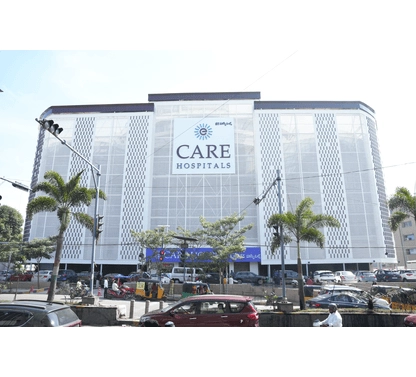
CARE Hospitals, Banjara Hills, Hyderabad
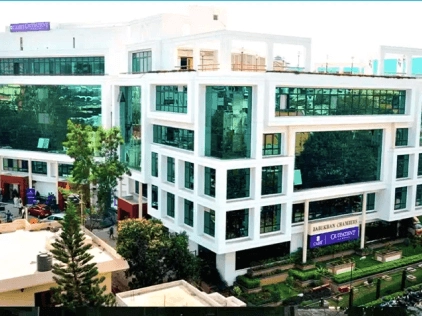
CARE Hospitals Outpatient Centre, Banjara Hills, Hyderabad
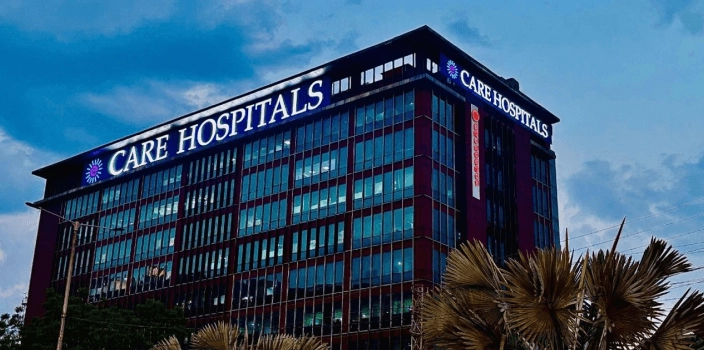
CARE Hospitals, HITEC City, Hyderabad
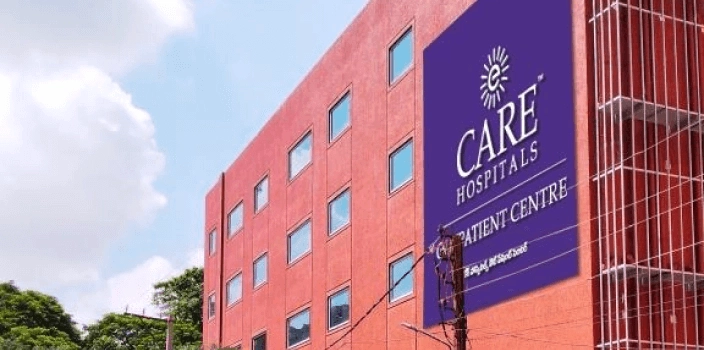
CARE Hospitals Outpatient Centre, HITEC City, Hyderabad
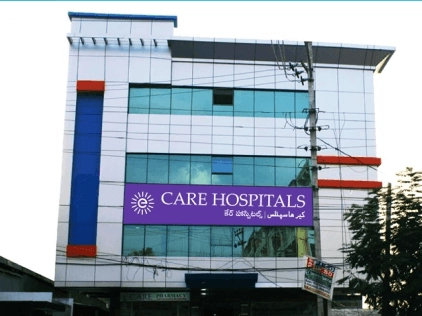
Gurunanak CARE Hospitals, Musheerabad, Hyderabad

CARE Hospitals, Nampally, Hyderabad
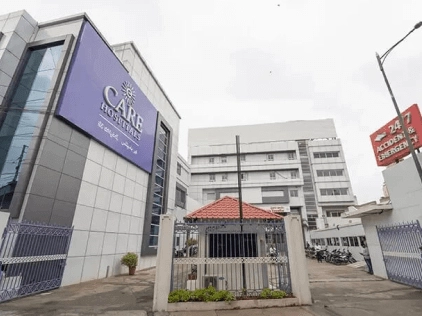
CARE Hospitals, Malakpet, Hyderabad
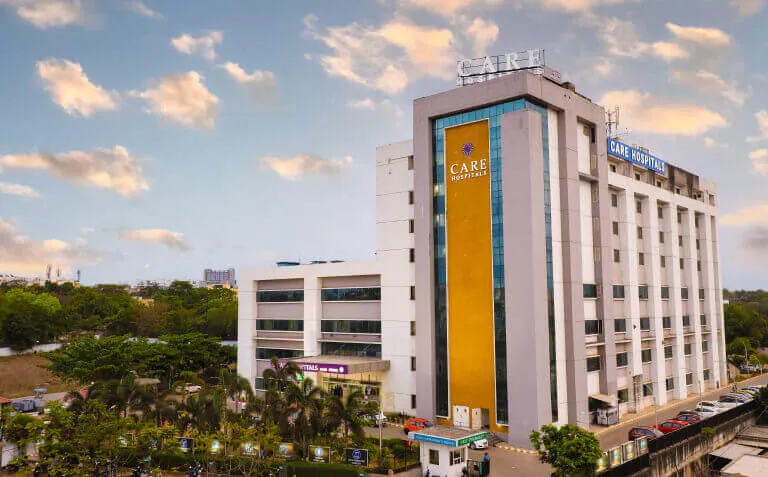
CARE Hospitals, Bhubaneswar
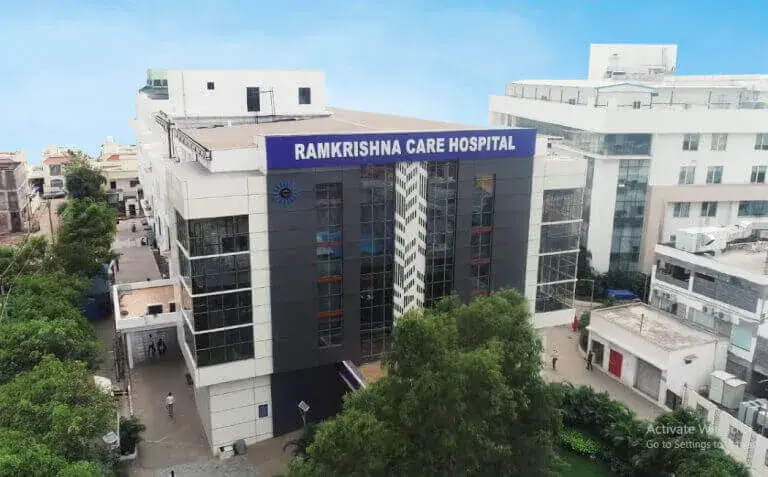
Ramkrishna CARE Hospitals, Raipur
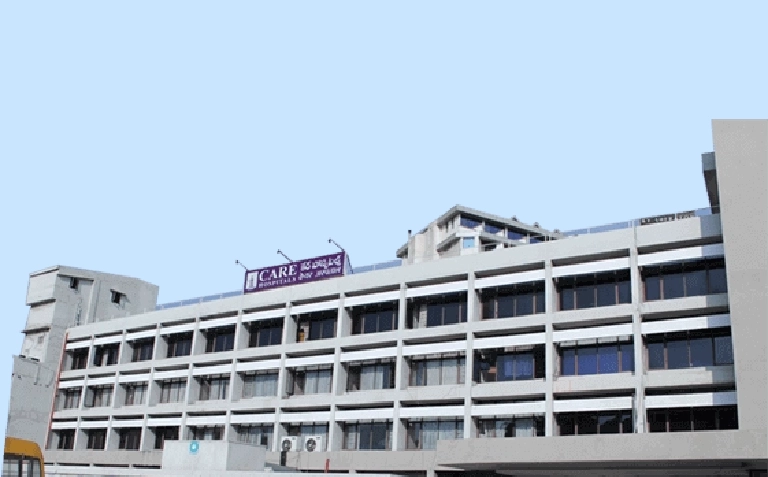
CARE Hospitals, Ramnagar, Visakhapatnam
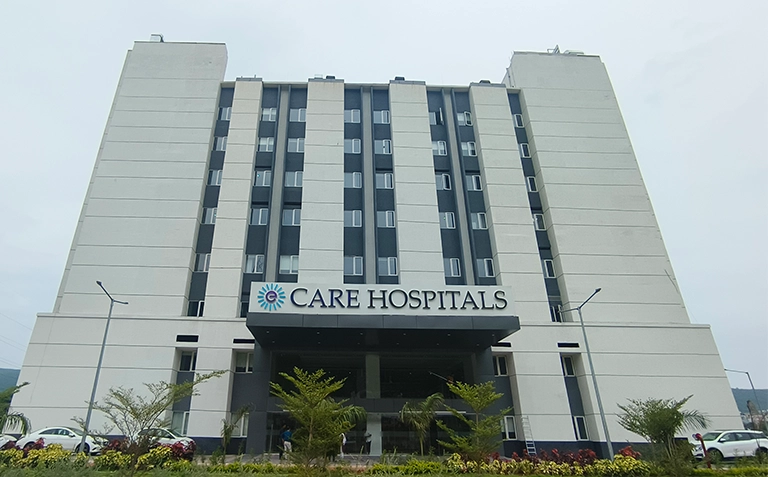
CARE Hospitals, Health City, Arilova
Related Surgeries
- Best Hospitals for Cesarean Delivery in Hyderabad
- Best Hospital for Vaginal Hysterectomy in Hyderabad
- Best Hospital for Tubal Ligation Surgery in Hyderabad
- Best Hospitals for Endometrial Ablation Surgery in Hyderabad
- Best Hospital for Laparoscopic Hysterectomy Surgery in Hyderabad
- Best Hospitals for Oophorectomy in Hyderabad
- Best Hospital for Lower Segment Caesarean Section Surgery in Hyderabad
- Best Hospitals for Tubectomy Surgery in Hyderabad
- Best Hospitals for Total Abdominal Hysterectomy Surgery in Hyderabad
- Best Hospitals for Omentectomy Surgery in Hyderabad
- Best Hospitals for Bilateral Tubal Ligation Surgery in Hyderabad
- Best Hospital for Cervical Cerclage Surgery in Hyderabad
Frequently Asked Questions
LSCS delivers babies through an incision in the mother's lower uterus. Doctors prefer this surgical approach because it causes minimal bleeding. The procedure heals better and reduces complications in future pregnancies.
No. LSCS differs from vaginal birth as it requires surgical incisions in the abdomen and uterus to deliver the baby. Notwithstanding that, modern surgical techniques have made the procedure safer with quicker recovery times.
Vaginal bleeding lasts 2-6 weeks after an LSCS. The blood starts bright red and heavy, then changes to pink or brown. The discharge becomes yellow or white before stopping at 12 weeks. Breastfeeding might increase bleeding temporarily.
The whole ordeal takes 45-60 minutes from beginning to end. Your baby arrives within 10 minutes after surgery starts. Additional time accounts for preparation and anaesthesia administration.
Common risks include:
- Wound or uterine lining infections
- Heavy bleeding requiring transfusion
- Blood clots
- Surrounding organ injury
- Future pregnancy complications
- Anaesthesia reactions
- Extended hospital stays (3-5 days typically)
Recovery takes 6-8 weeks completely. Patients stay in hospital for 2-4 days after surgery. Your doctor will advise against lifting anything heavier than your baby. Driving, sexual activity, and heavy housework should wait until full healing occurs.
The incision needs to stay clean and dry. Monitor for infection signs like redness, swelling, discharge, or fever. Your abdomen needs support during coughing, laughing, or sneezing. Take prescribed pain medication and rest adequately. Gentle walking improves circulation and prevents blood clots.
Still Have a Question?
